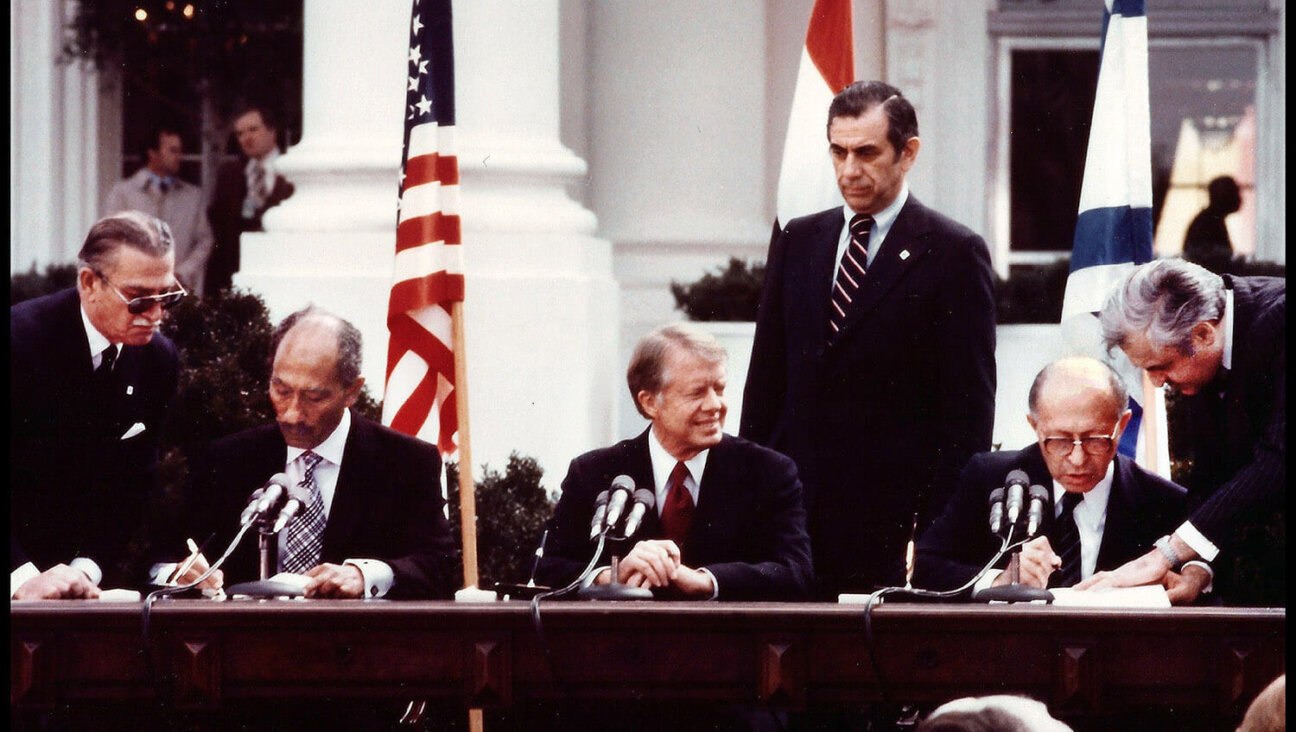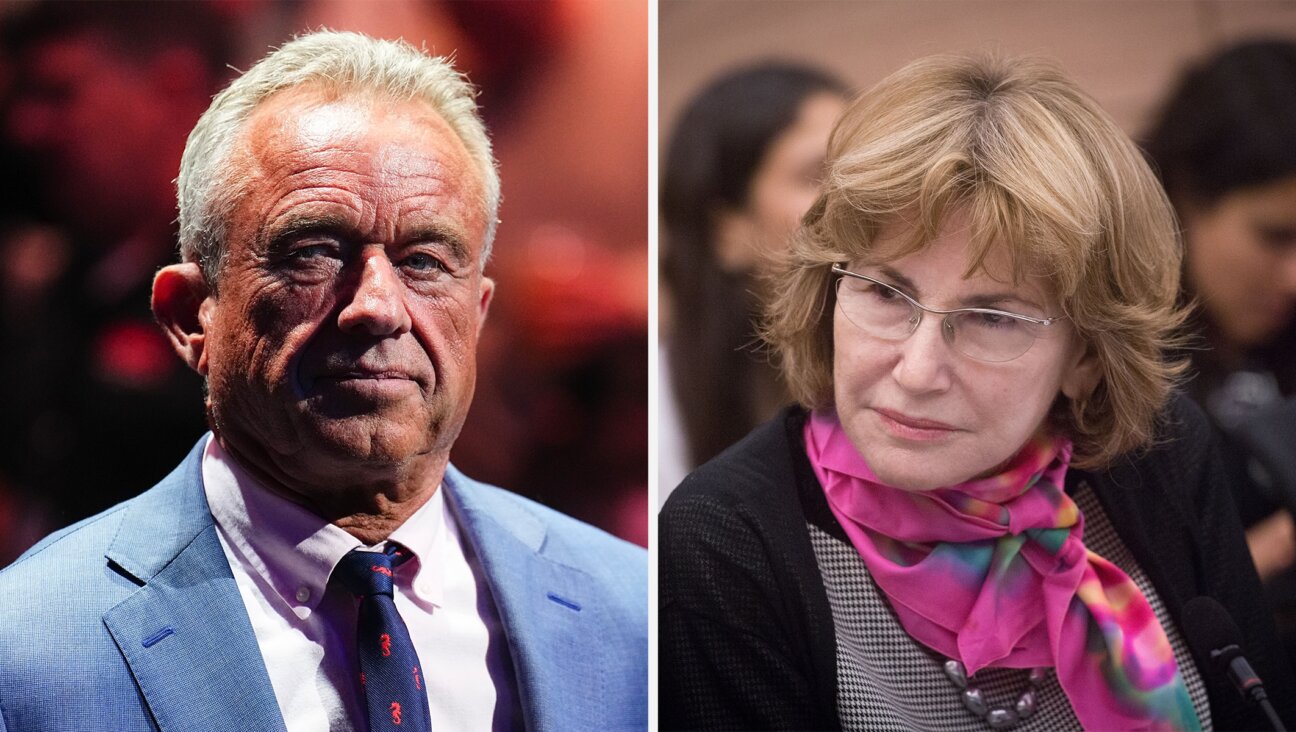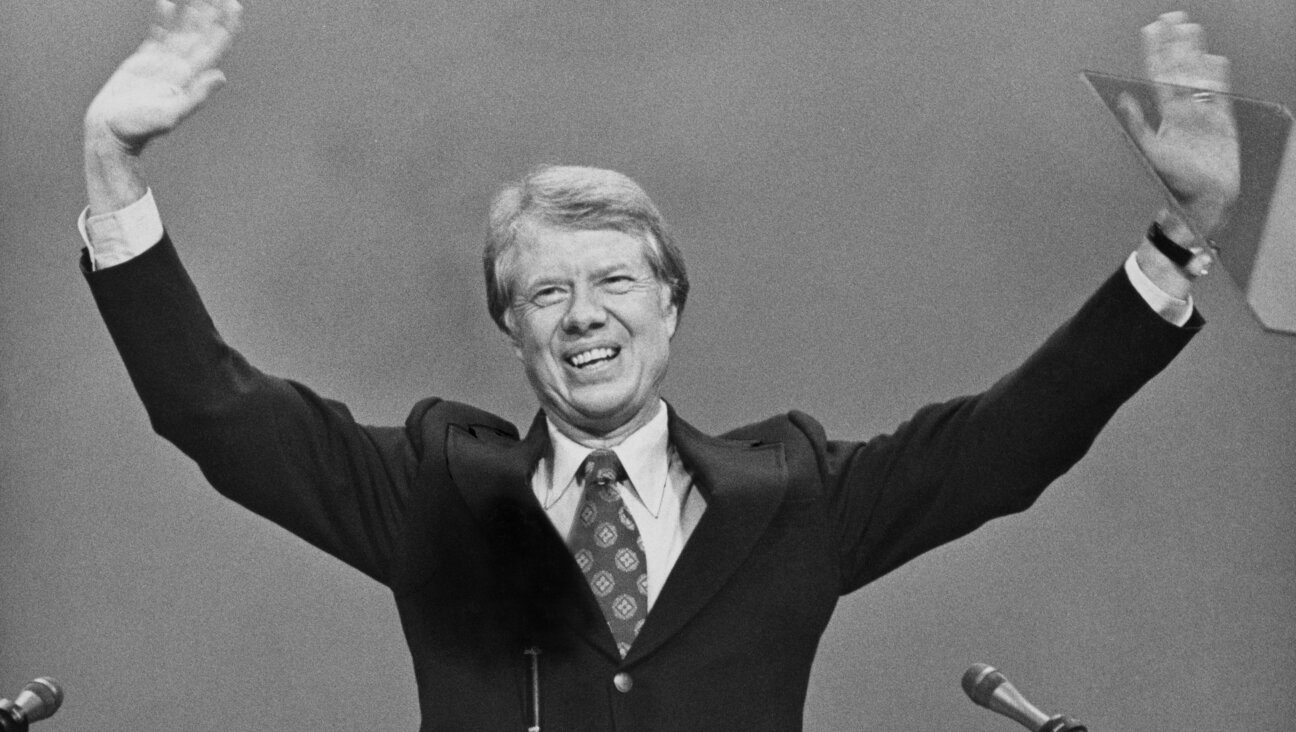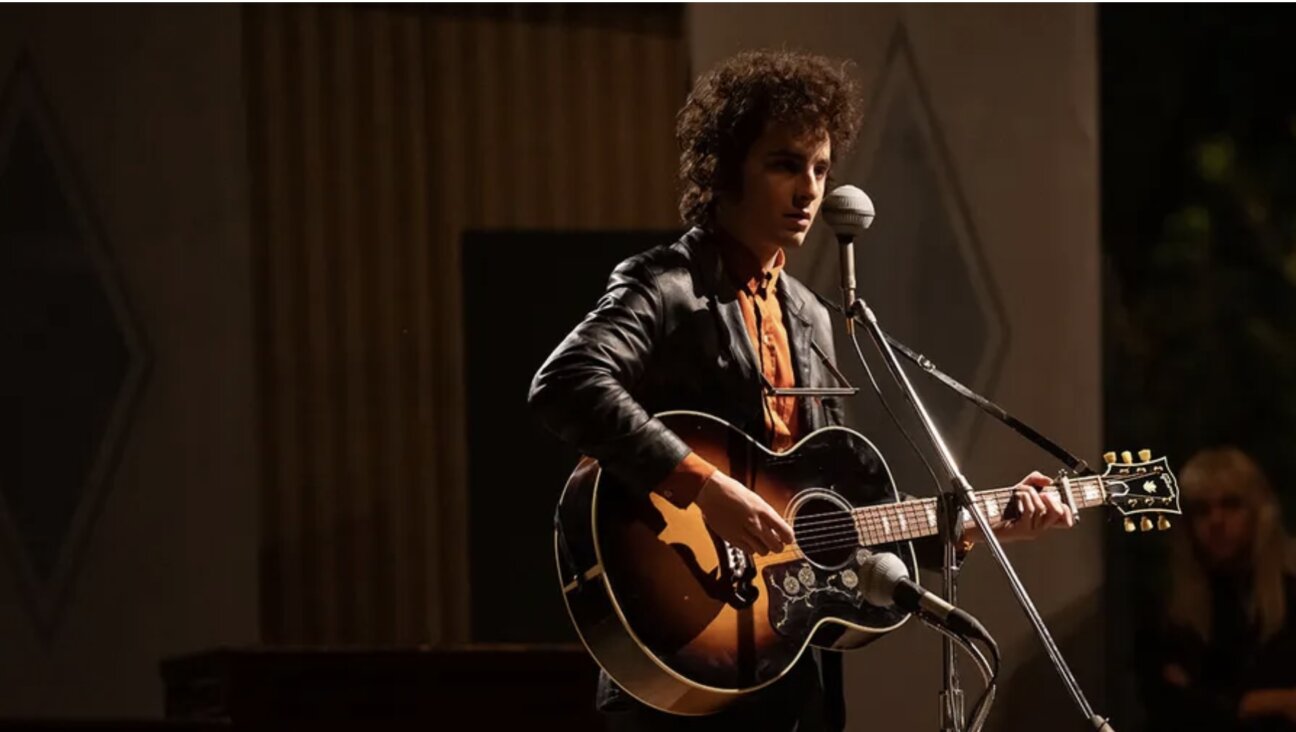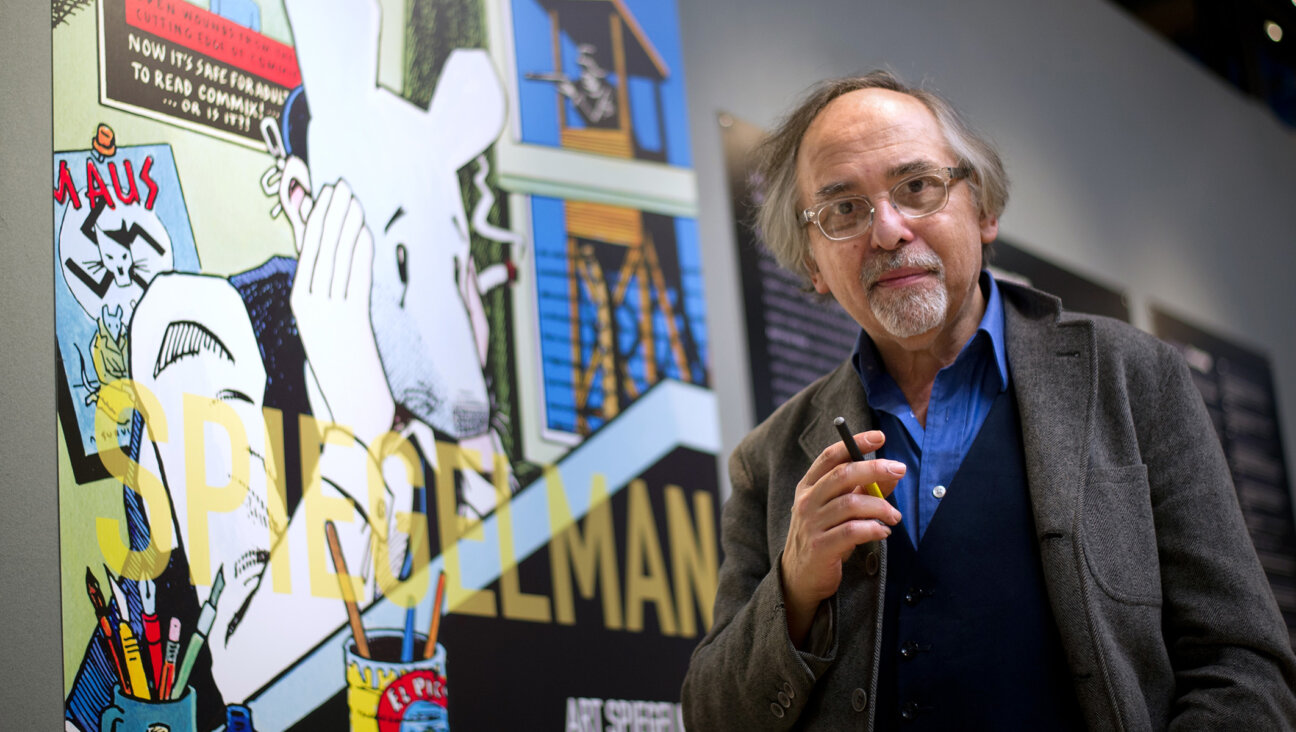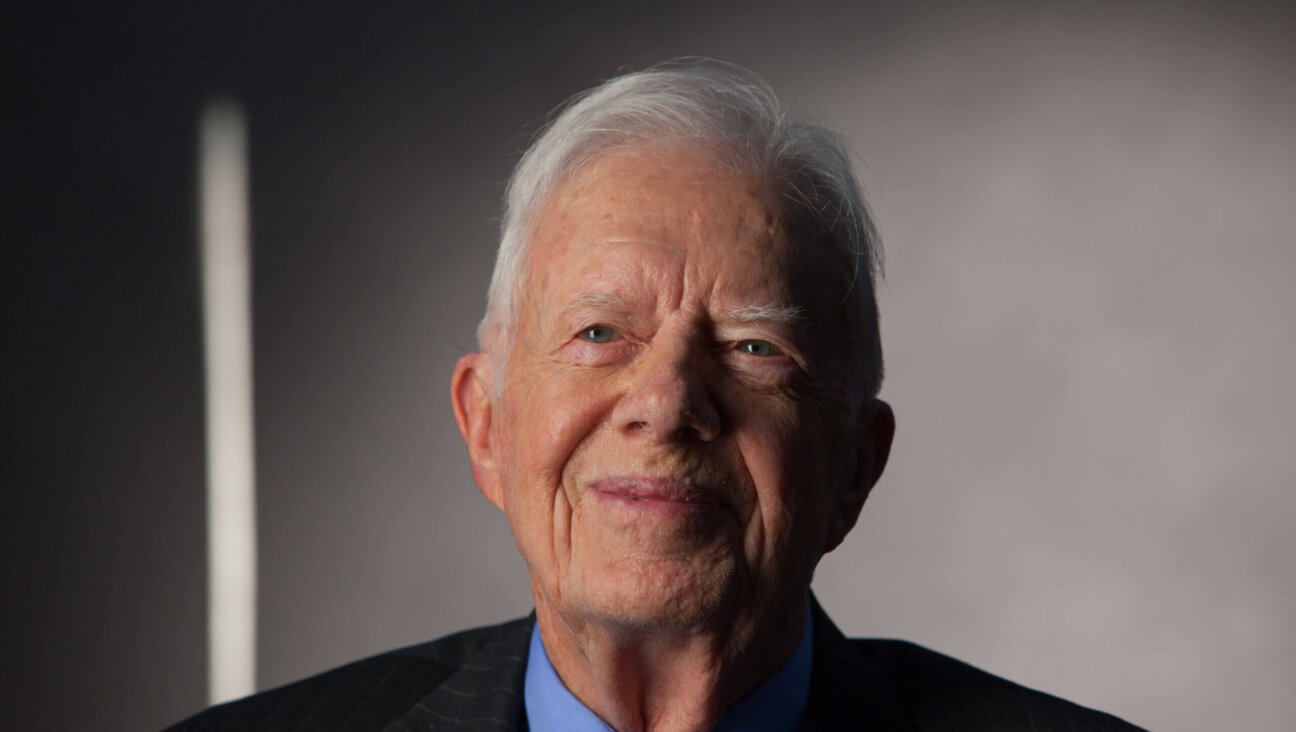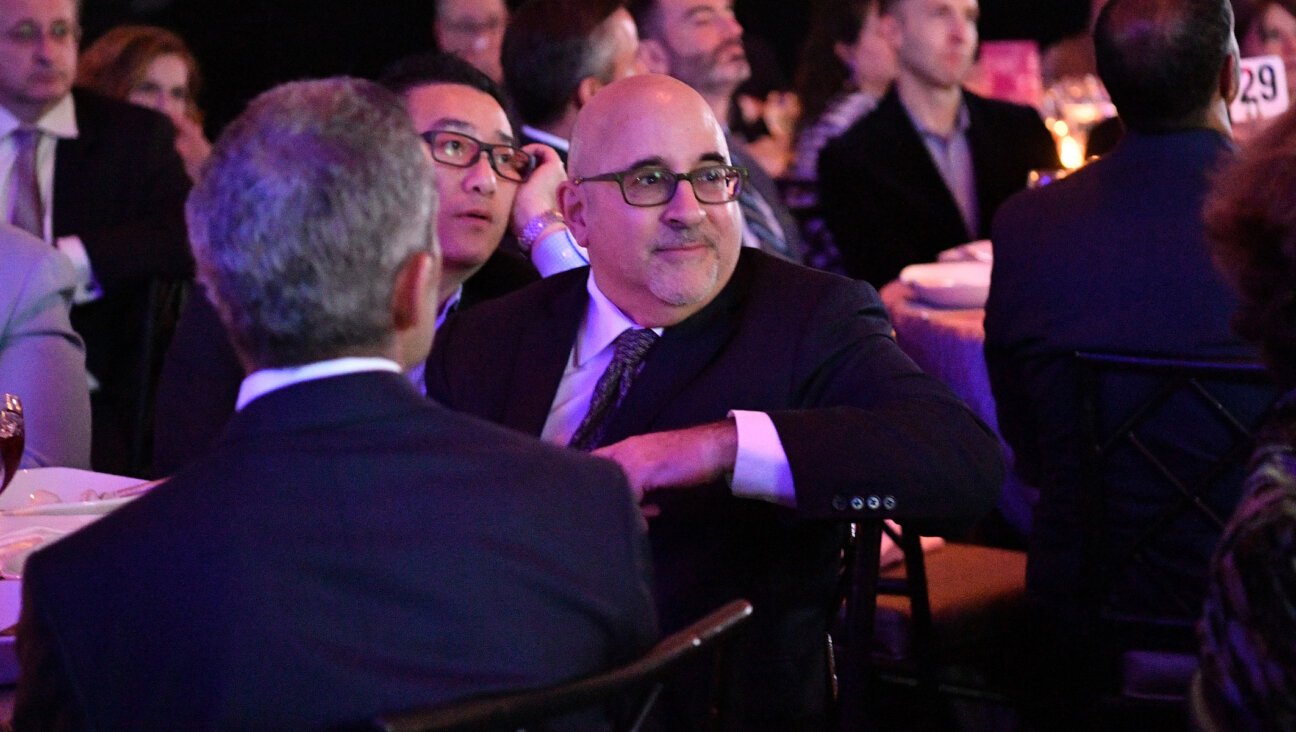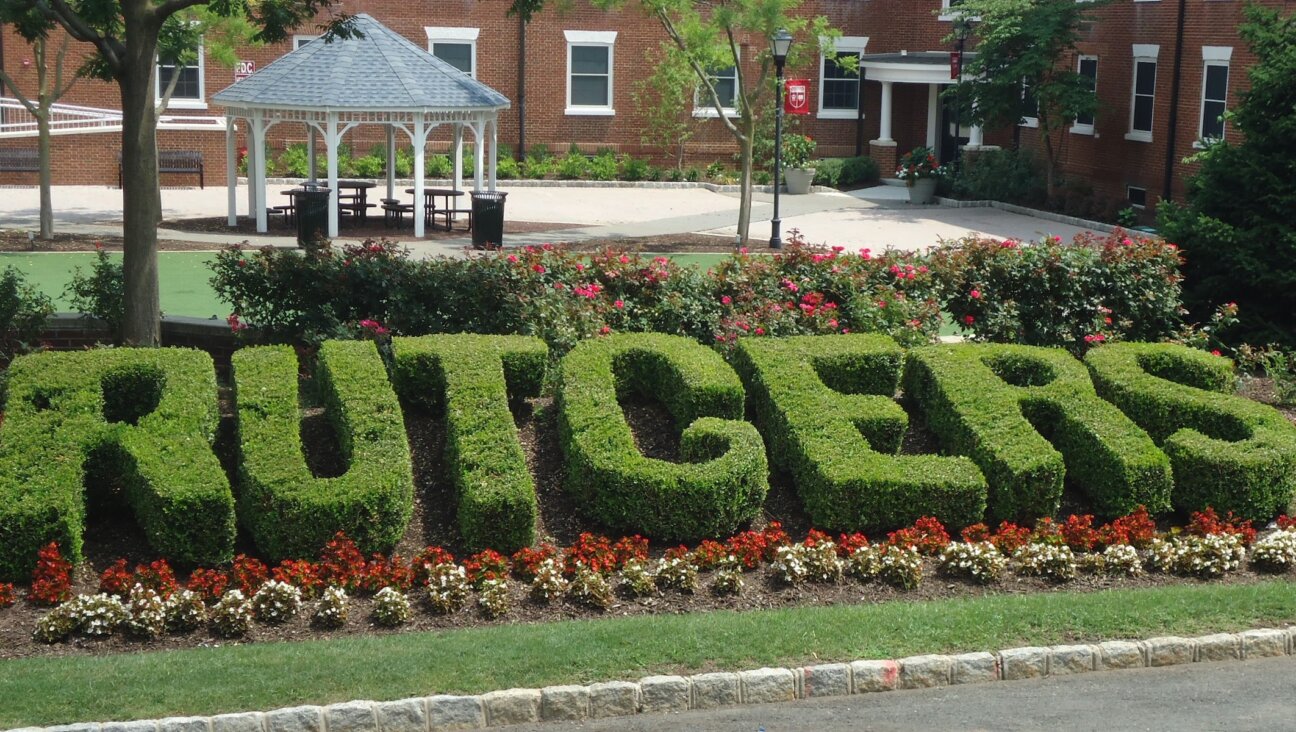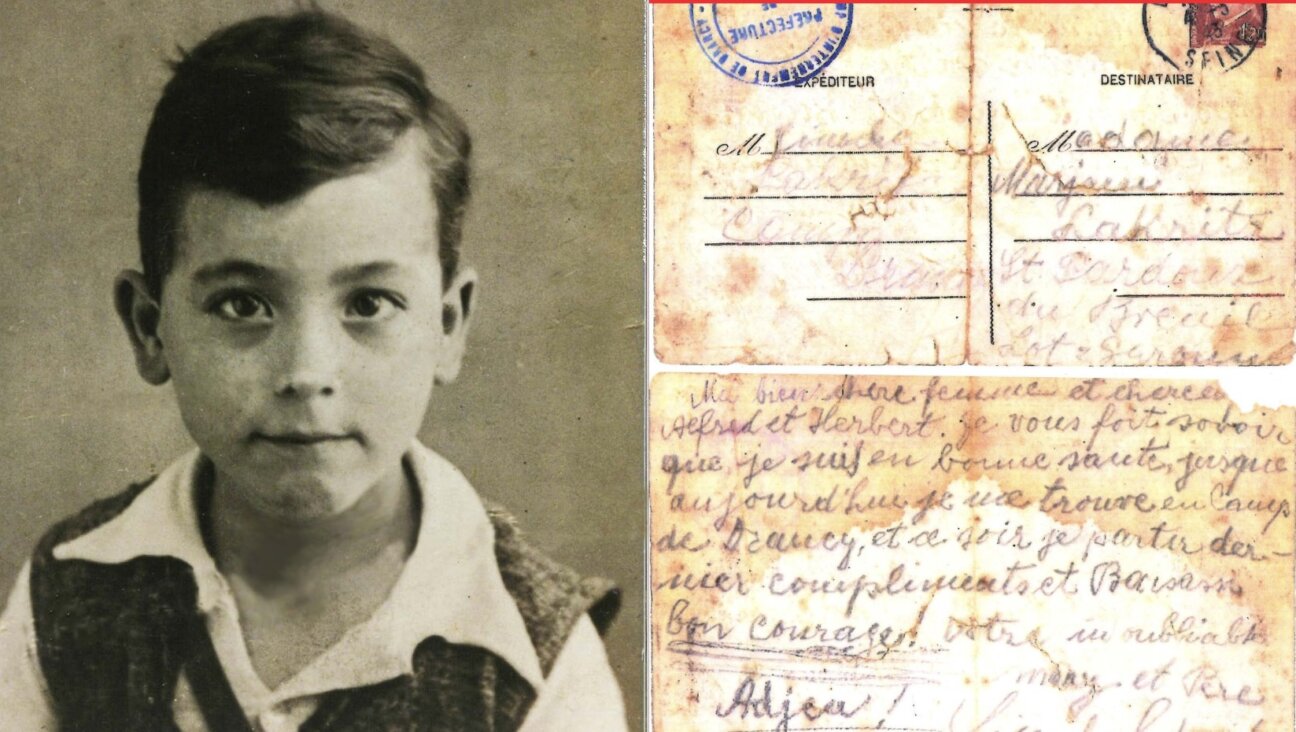Previews From the Pulpits of America
When Rabbi Laura Geller sat down this month to write her High Holy Day sermons, she found a lot to feel gloomy about: a sour economy, a controversial war in Iraq, an enduring battle against terrorism and an increasingly hopeless situation in Israel.
“It’s such a hard year because there is so much darkness in the world,” said Geller, senior rabbi at Temple Emanuel in Beverly Hills, Calif. “The situation in Israel feels very overwhelming, and it’s very important in a sermon to bring a message of hopefulness. So in the world at this moment, what are the signs of hopefulness? I think that is the challenge that rabbis are dealing with.”
So where to turn for inspiration? Many, like Geller, find comfort in the traditional liturgy for the High Holy Day season and then link those passages to current events.
“I am going to begin [my sermon] with an image that appears throughout the liturgy,” Geller said. “You say, ‘open for me the gates of righteousness.’… I am going to talk about what are the doors to open for a meaningful life.”
One portal Geller hopes to open for her congregants is the door to Israel. Geller and other rabbis across the United States are pro-
moting a mission called “Go Israel,” which encourages Jews across the religious spectrum to make a commitment during the High Holy Days to visit the Jewish state in the coming year.
“I was in Israel this summer, and I think I will reflect on how critical it is for American Jews to stay deeply connected to Israel — whatever their politics,” Geller said.
Rabbis also turn to each other for ideas for sermons through rabbinic listservs and programs organized by movement institutions. The Reform movement’s Union of American Hebrew Congregations held two conference calls with in-house experts touching on such themes as caring for the elderly, the situation in Israel and Mel Gibson’s controversial new movie about the final hours of Jesus’ life, “The Passion.”
Although the Orthodox Union does not hold a specific program for its rabbis, the group’s Web site (www.ou.org) offers clergy and lay leaders alike a wealth of beginners and advanced resources for the High Holy Day season.
Meanwhile, the Conservative movement’s Rabbinical Assembly held a Web cast that featured Rabbi Edward Feld and Rabbi Robert Scheinberg sharing liturgical insights.
Rabbi Andrea Merow of Temple Sholom in Philadelphia said the Conservative Web cast — which included video footage of her teachers and scrolling commentary from Conservative rabbis around the world — shed light on the Unetana Tokef prayer.
Merow recalled that when the poet of the prayer — the classic appeal for divine mercy, with its “who shall die, who by fire and who by sword” imagery — spoke about “the great shofar,” he was alluding to a passage from Isaiah that speaks about the redemptive nature of the end of days.
“Rabbi Feld taught that the poet makes us look at the High Holy Days as the final judgment,” Merow said, “and it transforms Rosh Hashana into the final day of judgment, where our life can end as we know it and we can choose to begin again. I’m using that concept as the starting point for a sermon.”
Sometimes rabbis stumble upon their High Holy Day sermons in the most unexpected places.
Rabbi Debra Newman Kamin of Am Yisrael, a Conservative synagogue in Northfield, Ill., was attending a spring conference conducted by the Gallup Poll on the results of its survey on “The Spiritual State of the Union.”
“The truth is, when I was sitting in the conference, I was not sure if any of it was applicable,” Newman Kamin said. “But one Saturday morning, I started sharing this [the results] with my Shabbat morning regulars, and they were really interested, and we started to speculate what our congregants would say.”
So the rabbi sent out an abridged version of the Gallup Poll on Americans’ religiosity to the 500 families at her suburban Chicago congregation in order to see how their responses would compare to the American public. So far, about 70 people have responded — a better response rate than the Gallup Poll, the rabbi noted.
Newman Kamin will be sharing the results with her congregation during Yom Kippur. So far, she said she was surprised by the high rate of belief in God within her congregation, a fact they share with the American public. Yet, she also noticed that her congregation views God differently than the American public.
For example, when asked, “Does the state of the union depend on the spiritual state of the union?” about 80% of Americans said yes and 80% of her congregation said no.
“I think that really reflects a deep Jewish concern about the separation of church and state. We’re not that comfortable when President Bush — or even when Clinton — speak about their religious faith,” she noted. “We have a lot of common language with the American population as a whole, but there are still some key differences.”
A message from our Publisher & CEO Rachel Fishman Feddersen

I hope you appreciated this article. Before you go, I’d like to ask you to please support the Forward’s award-winning, nonprofit journalism so that we can be prepared for whatever news 2025 brings.
At a time when other newsrooms are closing or cutting back, the Forward has removed its paywall and invested additional resources to report on the ground from Israel and around the U.S. on the impact of the war, rising antisemitism and polarized discourse.
Readers like you make it all possible. Support our work by becoming a Forward Member and connect with our journalism and your community.
— Rachel Fishman Feddersen, Publisher and CEO








